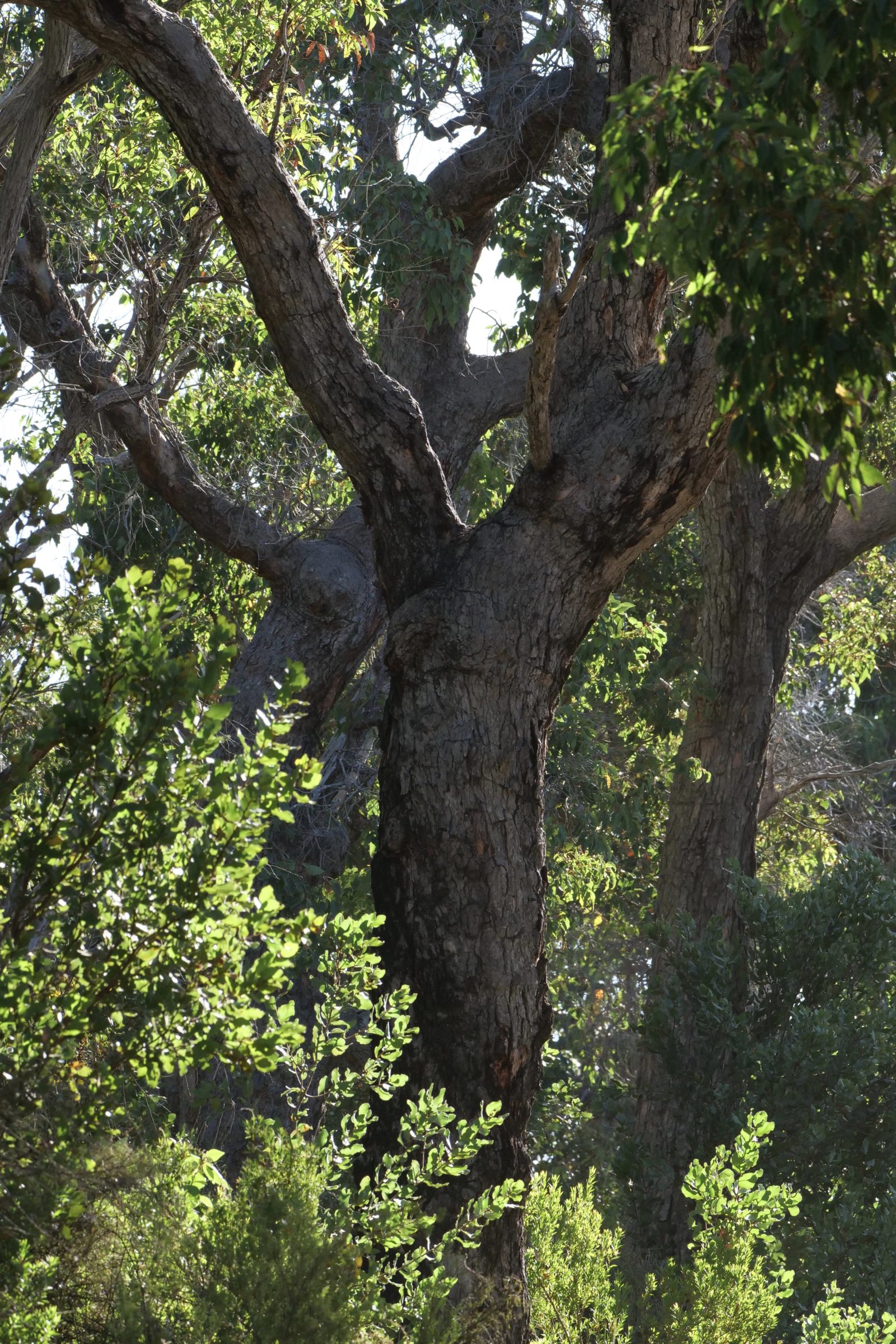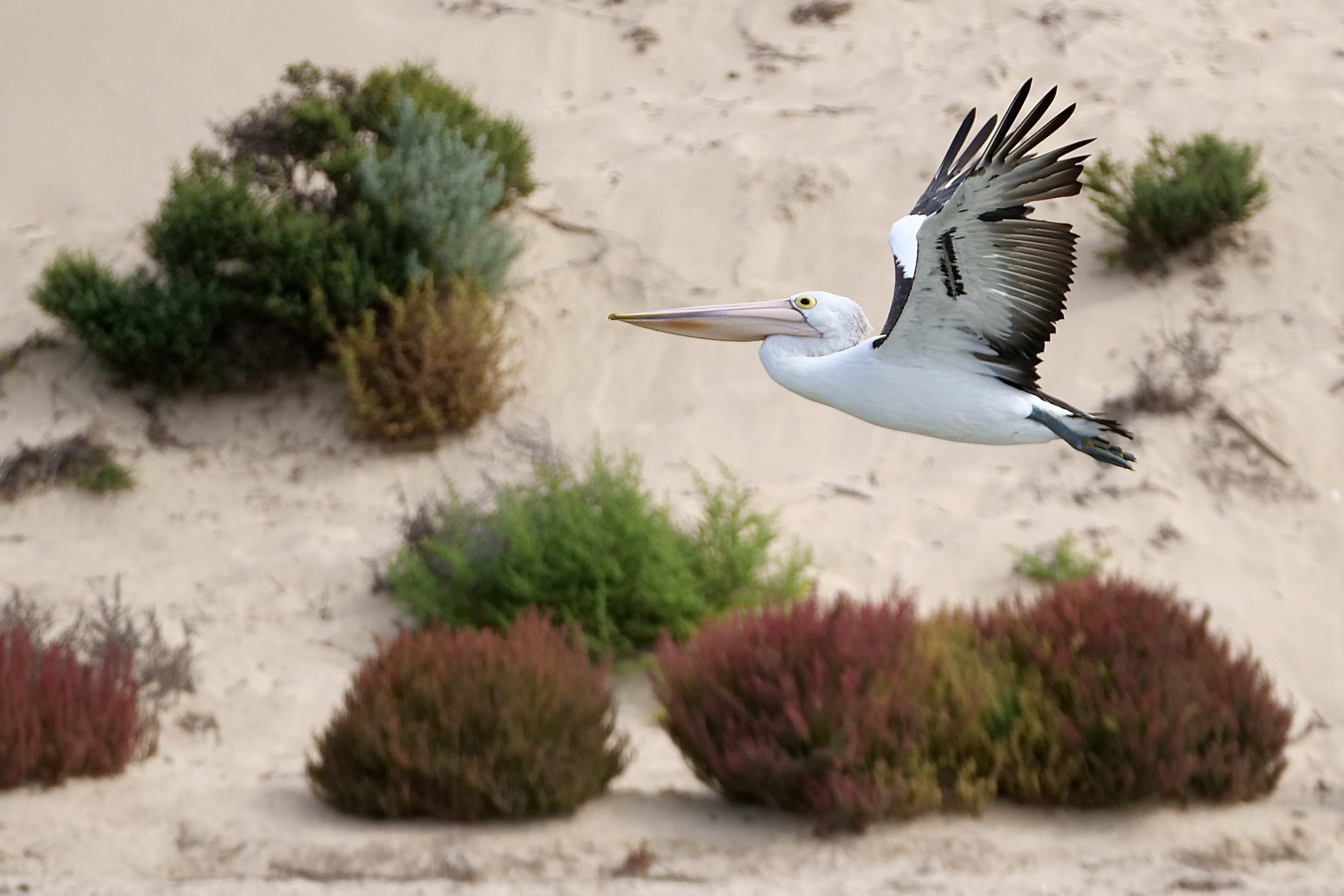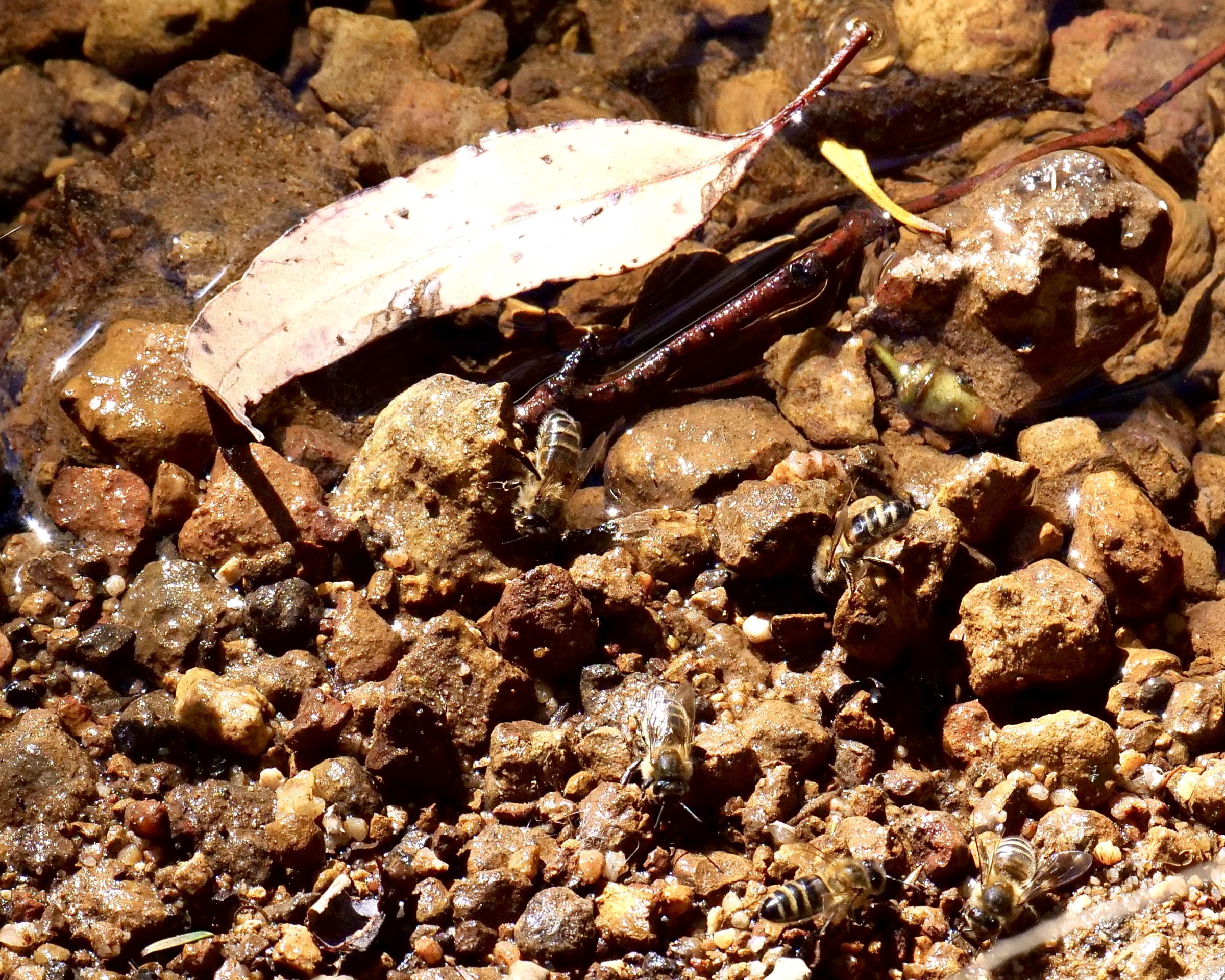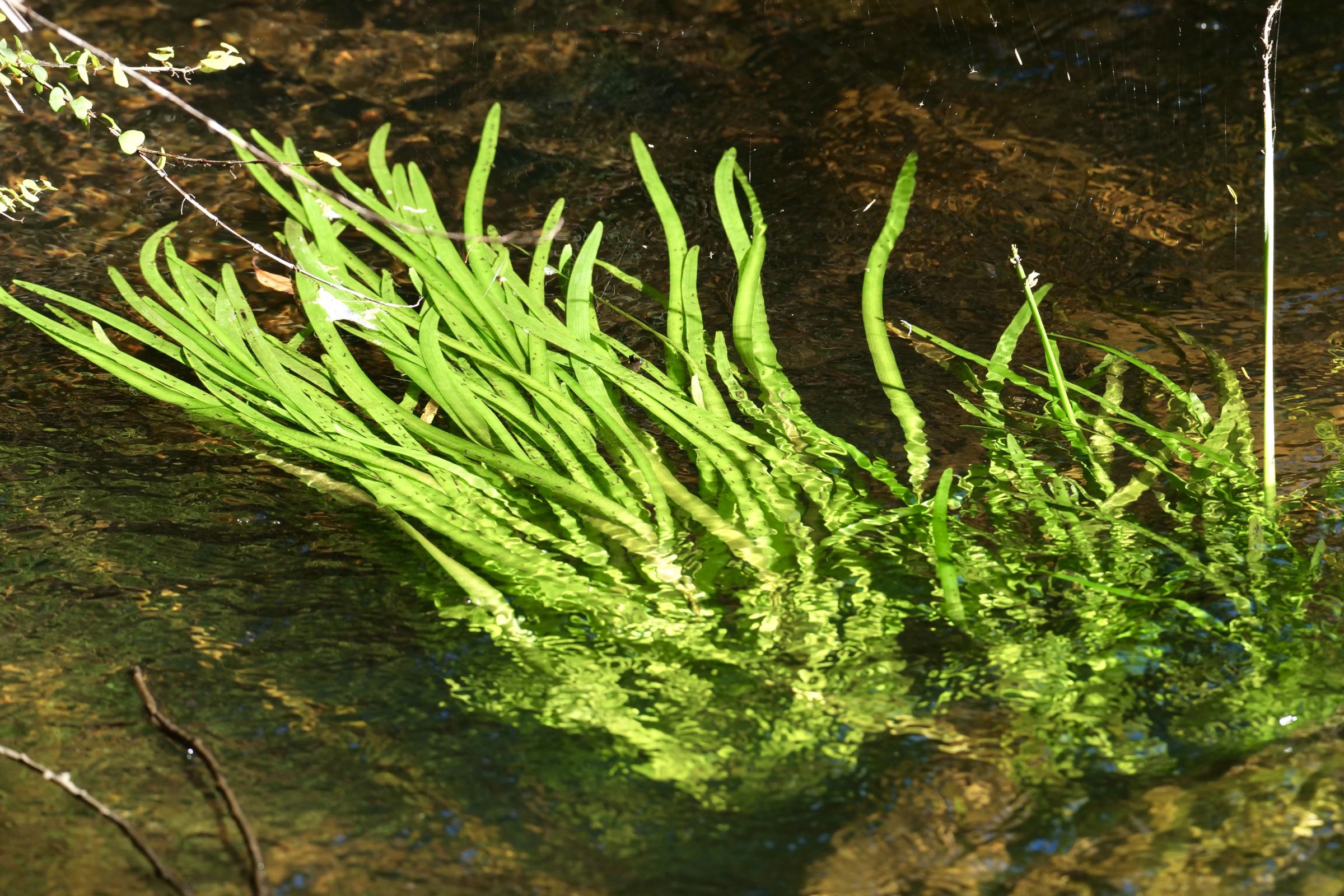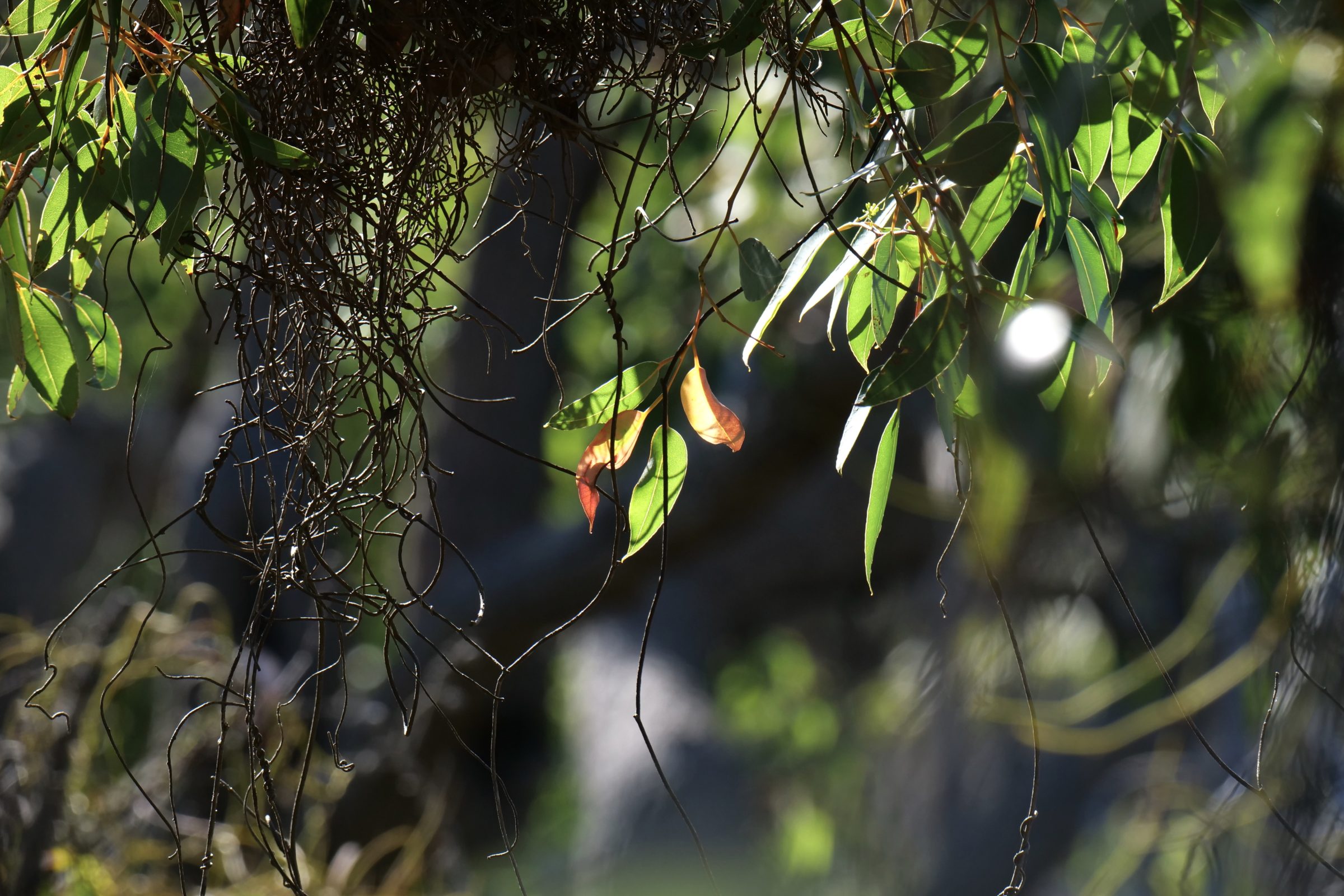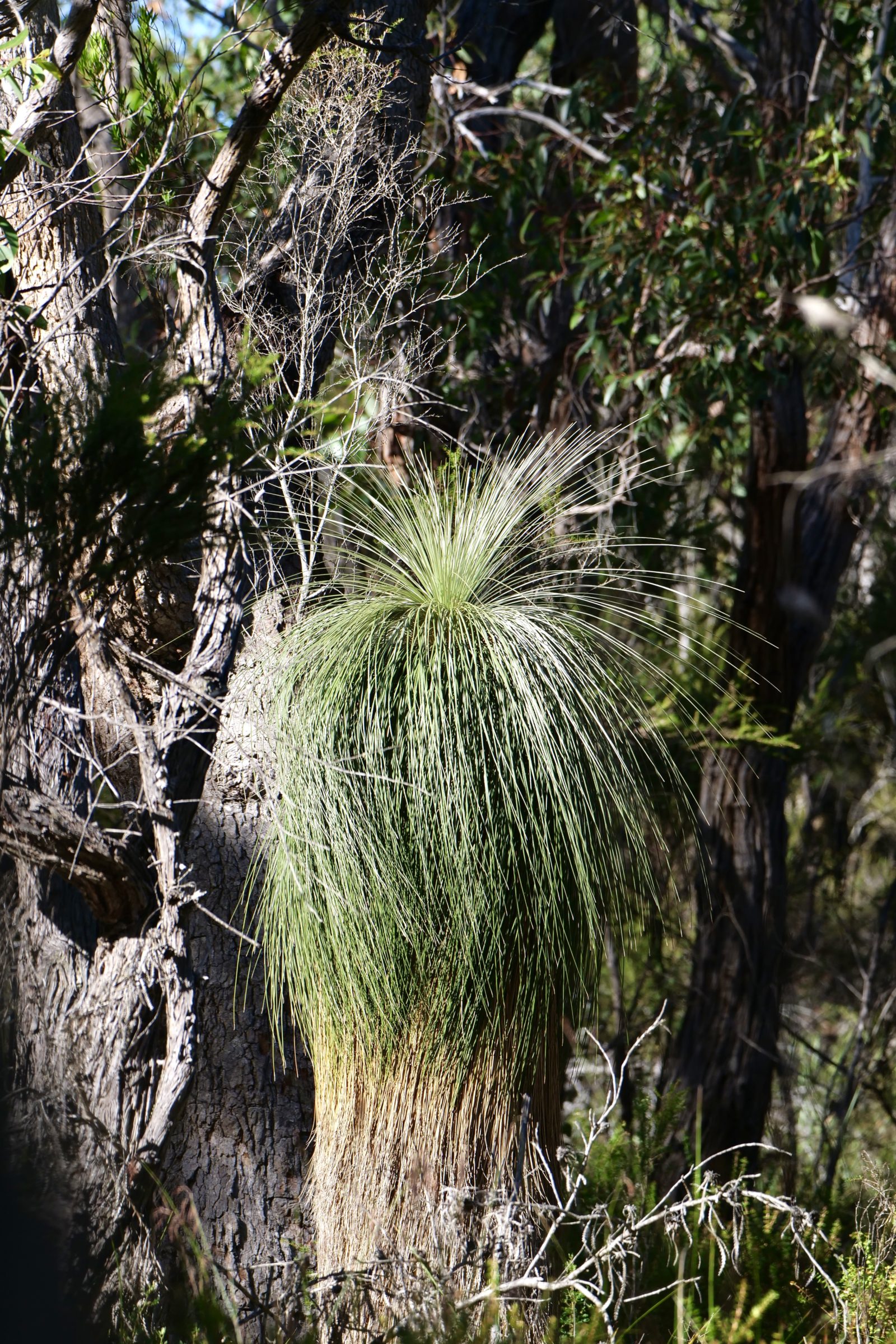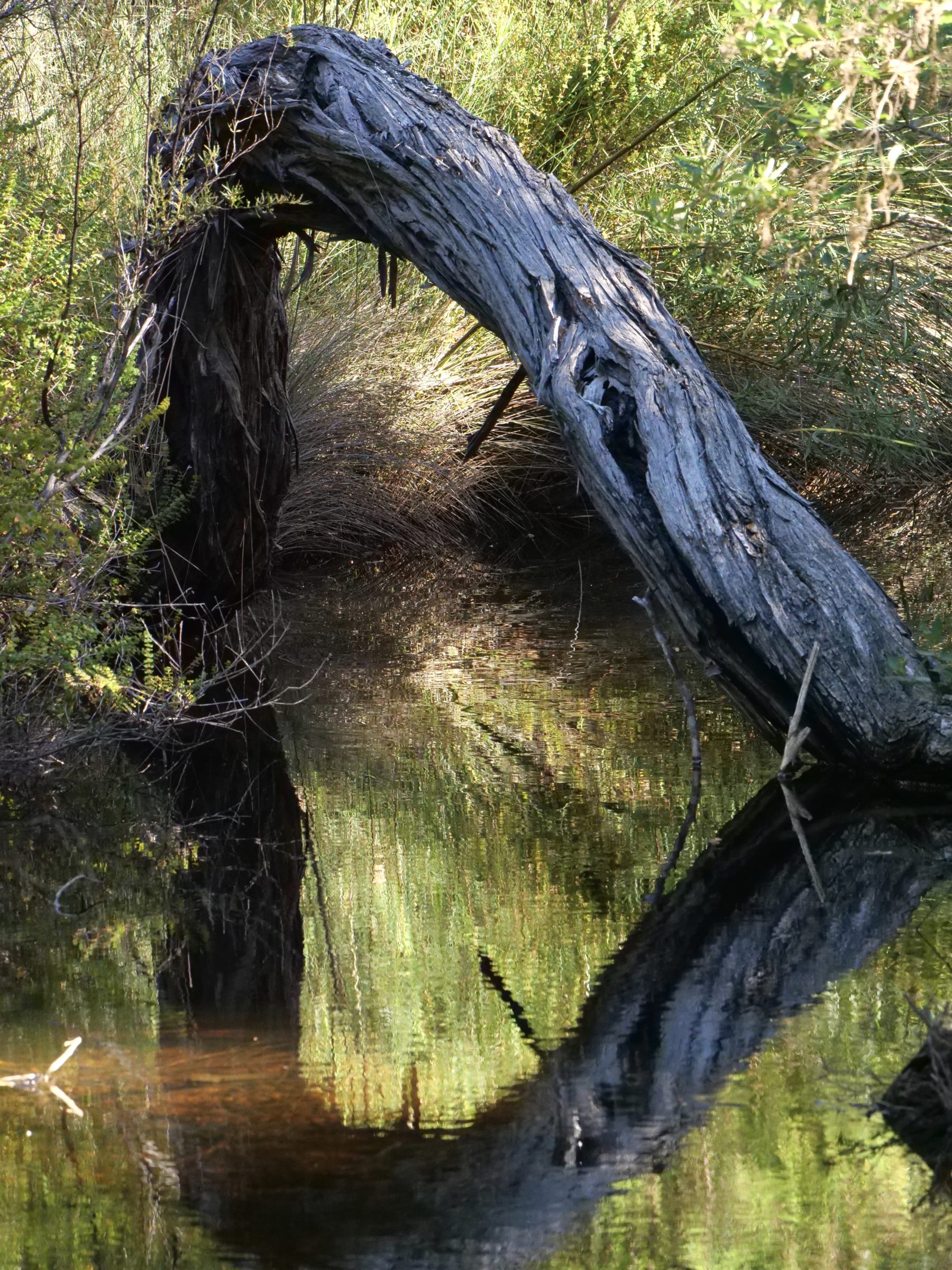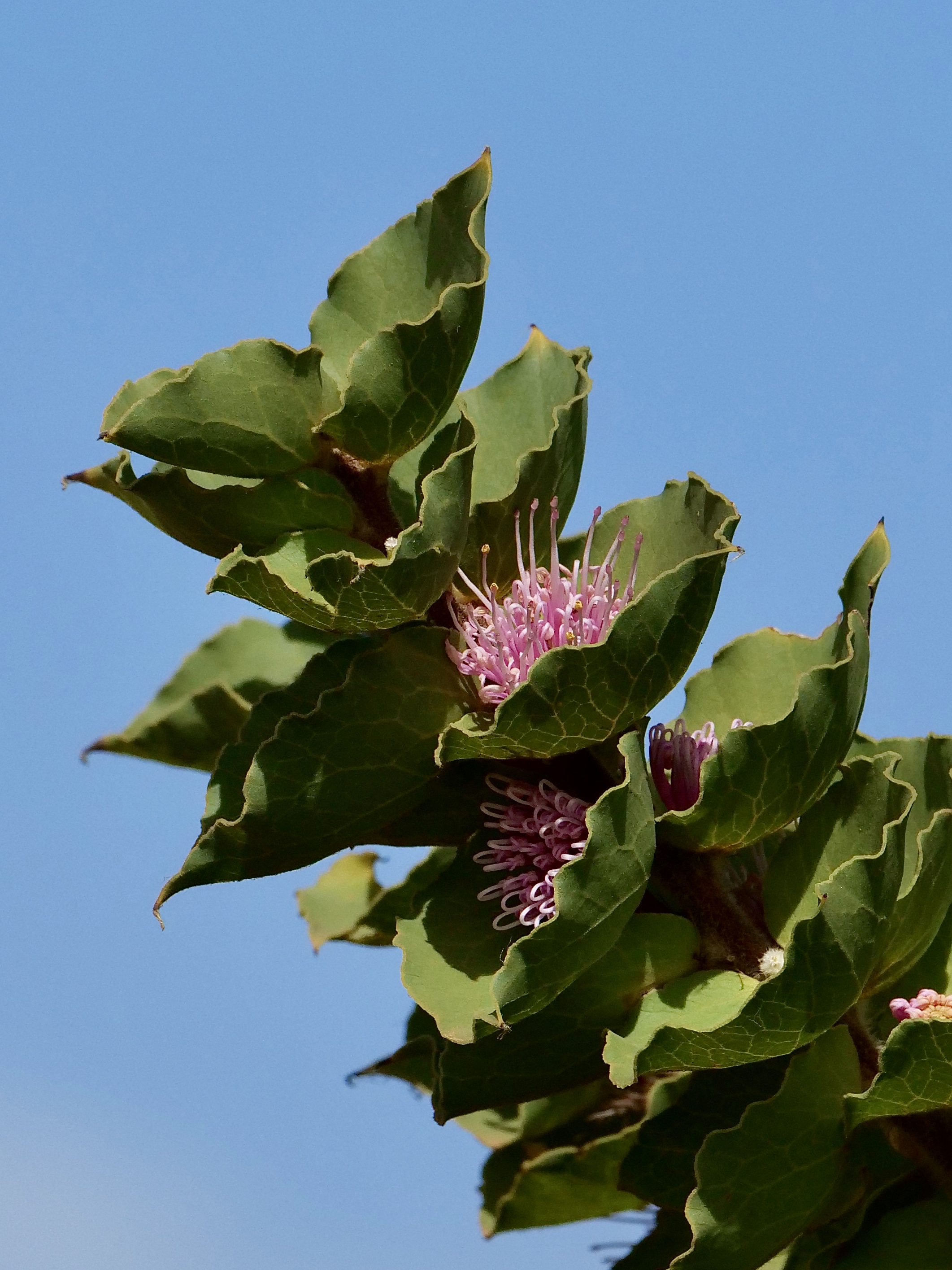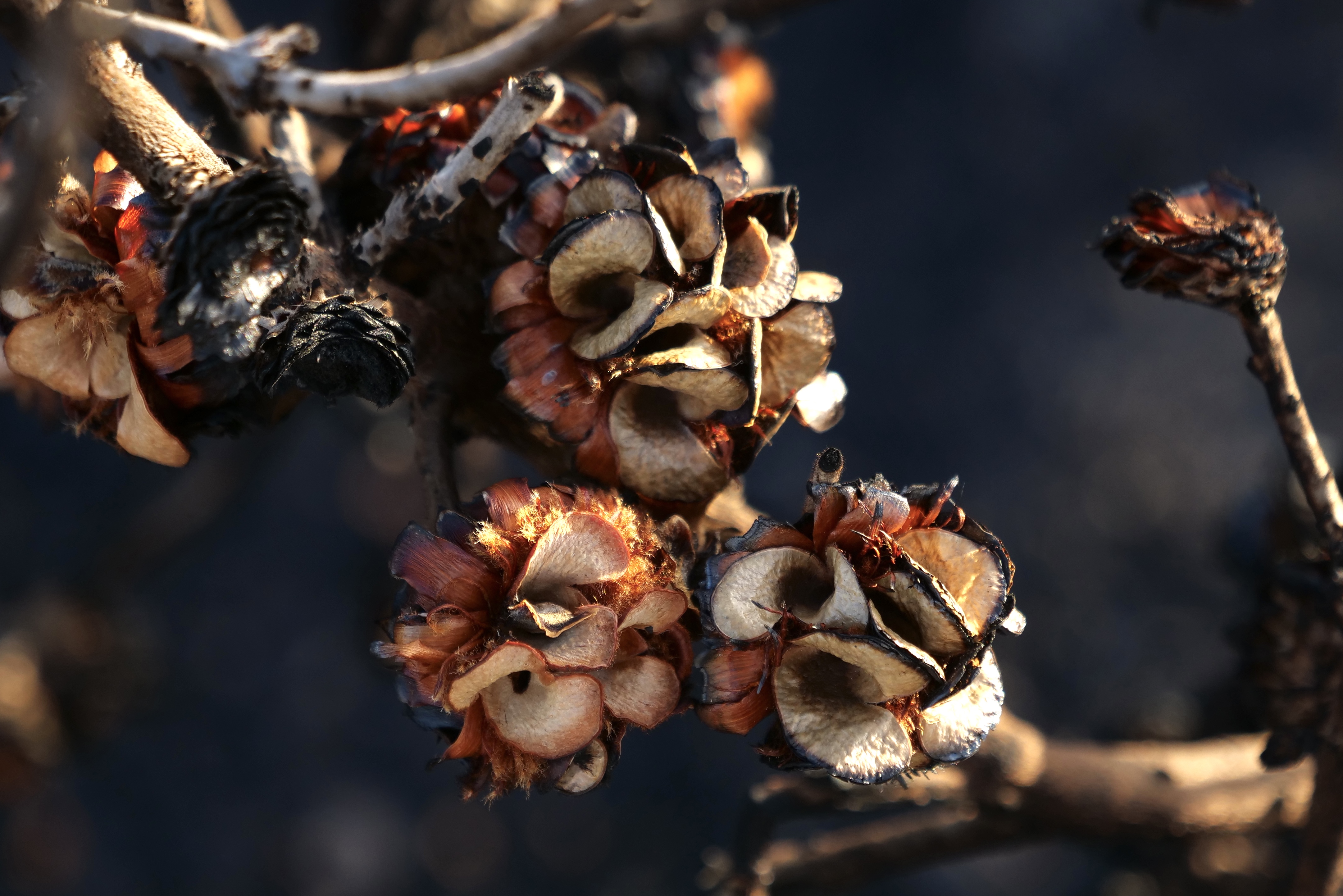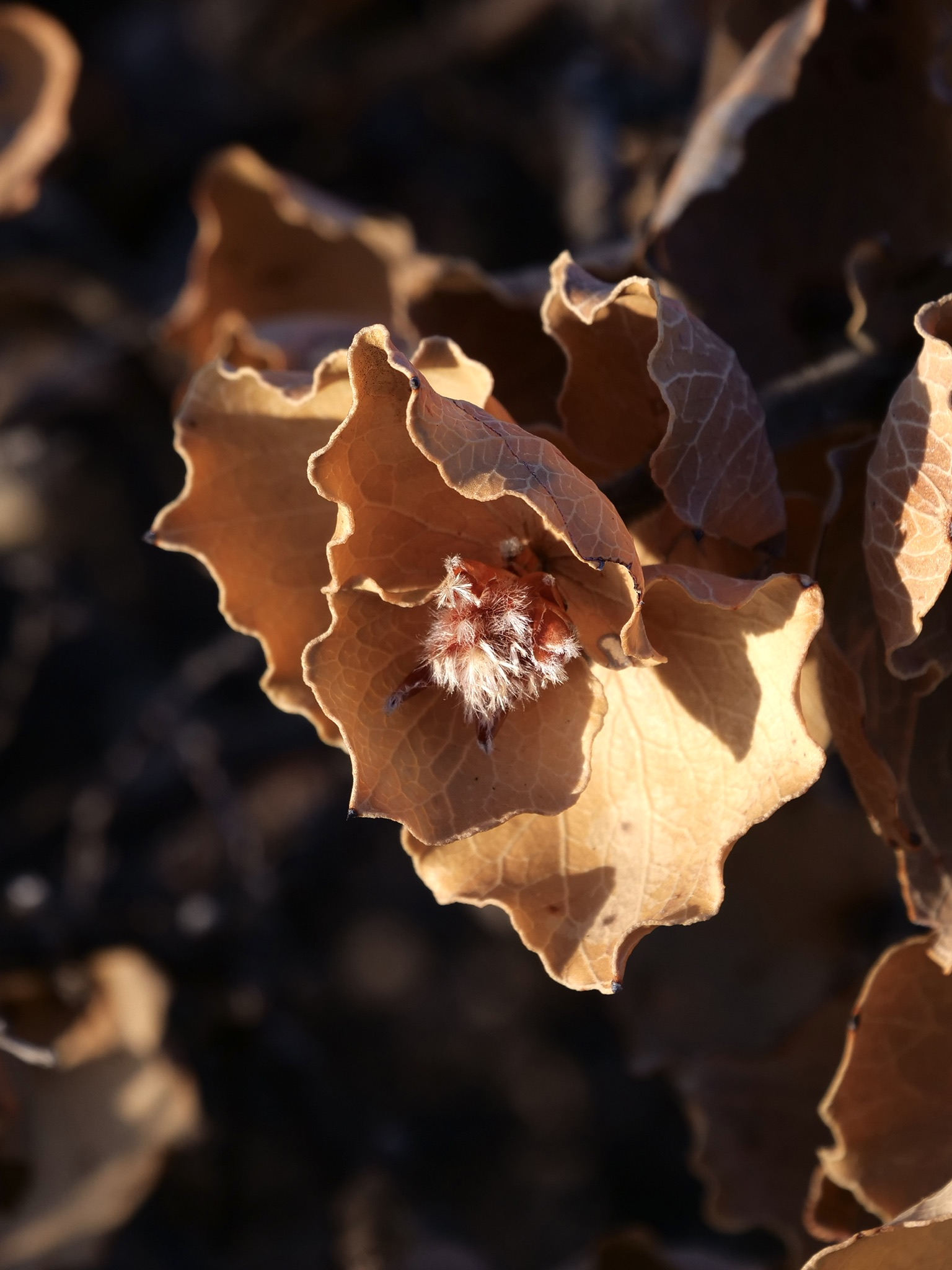Waychinicup National Park is a place of remarkably diverse flora – wildflower-wise, it has few peers, anywhere.
It is not a place of very big trees, although less than one hour’s drive away is a much wetter place whose towering Eucalypts are among the world’s tallest flowering plants.
Porongurup’s’ “island” of Karri forest is utterly unlike Waychinicup.
However, the little valley in which sits the Waychinicup access road’s river crossing is home to some venerable, substantial trees.
Comments closed